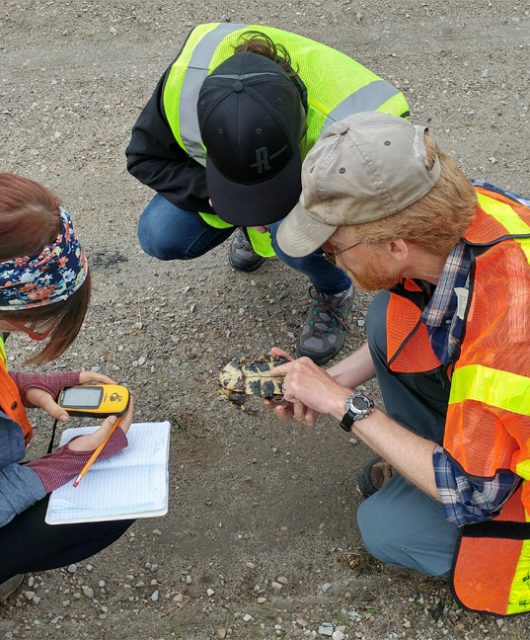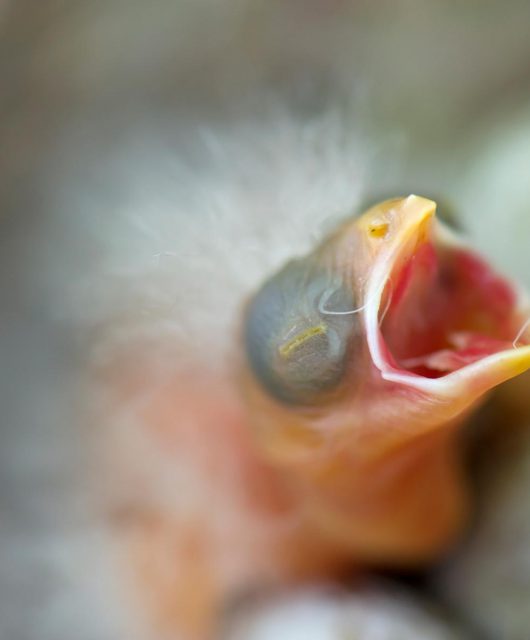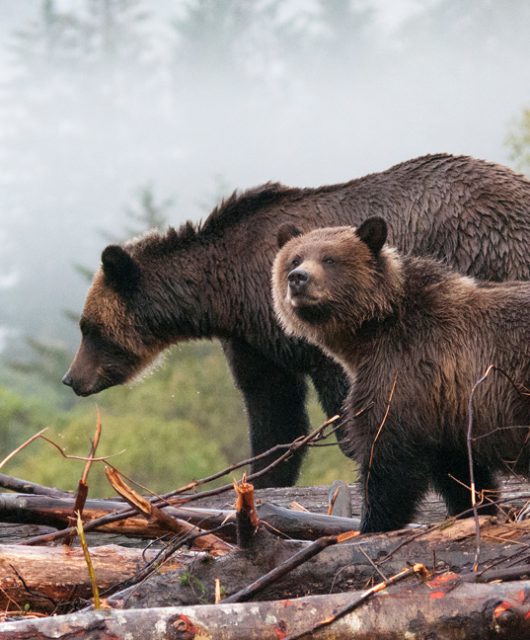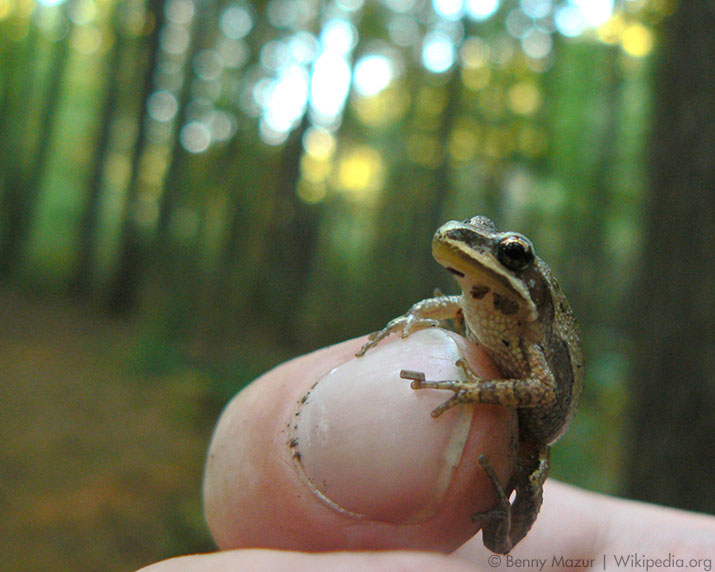Despite a surge in scientific and public fascination with fungi, they remain sidelined in conservation language.
The fungal kingdom was officially recognized in 1969, yet phrases like “flora and fauna” still dominate conversations, publications and even legal frameworks worldwide. This exclusion leaves fungi out of critical conservation efforts.
The FFF Initiative (Fauna, Flora, Funga), launched in 2021, seeks to correct this oversight, but Canada has had minimal engagement. The disparity is evident on platforms like iNaturalist with just 1.1 million fungal observations in Canada compared to 9.7 million for fauna and 8 million for flora. Even with growing awareness, fungi fight for recognition.
The importance of fungi cannot be understated from nutrient cycling, supporting plant growth, and their contributions to food and medicine, but it was best summed up by George Christie in a 2024 EG News (Rhode Island) article:
“Whoa there, wait a minute!” I hear you thinking. “Fungi? Why should I care about fungi? If I save the plants and animals, won’t the fungi be fine as well?” Actually, it’s very likely the real truth is the other way around. Saving the fungi should be considered critical to saving the animals and the plants. We routinely say that, in nature, everything is connected. We forget to mention however, that the connection is most often fungal. ~George Christie in a 2024 EG News (Rhode Island)
If fungi are the unseen connectors of ecosystems, documenting them is the first step to understanding, and you can help with your citizen science observations. During the Great Canadian Bioblitz (September 21 to 28, 2025), don’t forget to keep an eye out for mushrooms! Even if you’re not sure what species you’ve found, snap a photo and upload it to iNaturalist, the community can help with identification. Every observation counts!
To maximize your impact, here are a few quick tips for photographing mushrooms:
- Mushrooms are all safe to touch and smell, and as a short-lived fruit body damaging one to get a picture will not negatively impact the fungi
- Capture multiple angles (top, underside, and stem)
- Note the habitat (e.g., forest floor, rotting log, near certain trees or plants)
- Include any extra details (smell, texture)
No expertise needed, just curiosity! Let’s finally give fungi the attention and the language they deserve.
Learn more about the CWF Great Canadian Bioblitz >
Author: Ken Sanderson
Ken Sanderson is a mushroom enthusiast living in Prince Edward Island where he coordinates the Nature PEI, Mushrooms of PEI Atlas project.




